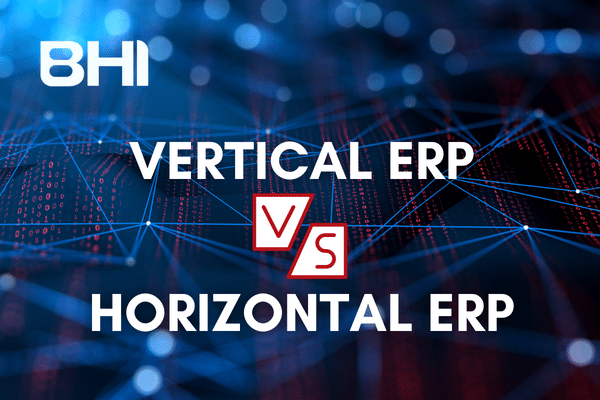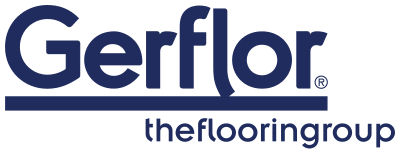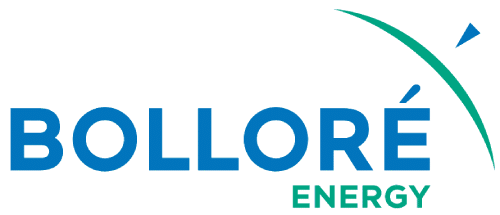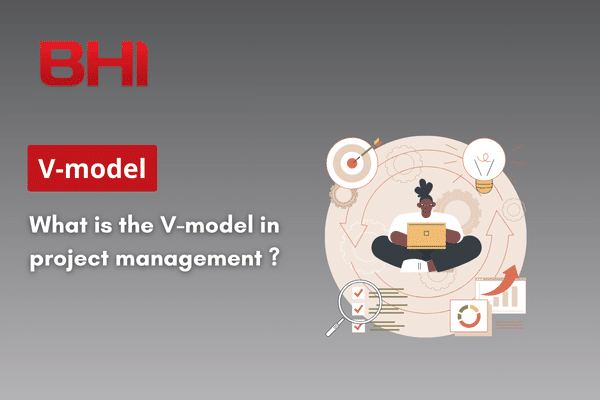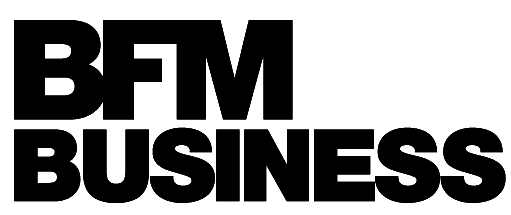In the complex ecosystem of enterprise management solutions, choosing between vertical and horizontal ERP represents a major strategic decision. A misalignment between business processes and the chosen ERP solution is among the main causes of adoption difficulties during the first months of the project, highlighting the importance of a choice aligned with sector-specific needs.
What is a Vertical ERP ?
A vertical ERP is designed for a specific sector (manufacturing, pharmaceutical, construction…), with predefined processes and modules to meet its specific and regulatory needs. Conversely, a horizontal ERP aims for versatility with a modular architecture adaptable to various sectors, but does not natively embed industry-specific features.
Main Characteristics of Vertical ERP
Verticalized ERPs distinguish themselves through their tailored approach. Unlike generic solutions, they natively embed essential sector-specific functionalities. For example, an ERP designed for the healthcare sector will automatically integrate patient record management, pharmaceutical traceability, and HIPAA compliance protocols.
This specialization translates into a deep understanding of business challenges. Vertical solution publishers work closely with stakeholders in their target sector to develop functionalities that precisely address the daily challenges faced by professionals.
Application Sectors for Vertical ERP
Heavily regulated industries or those with very specific processes particularly benefit from verticalized ERPs. The manufacturing sector ranks among the main users of vertical ERPs, this trend being confirmed by a Mordor Intelligence study that places the manufacturing industry at the forefront of sector adoption, without however providing a precise percentage for 2024.
The pharmaceutical industry, subject to strict regulations such as the FDA in the United States or EMA in Europe, finds in vertical ERPs solutions that naturally integrate the validation and documentation processes required. Similarly, the construction sector, with its specificities of site management and complex project tracking, relies heavily on verticalized solutions.
Understanding Horizontal ERP
Conversely, a horizontal ERP adopts a cross-functional approach, designed to adapt to different business sectors. These solutions prioritize flexibility and modularity, allowing companies from various industries to use the same base platform.
Architecture and Flexibility of Horizontal Solutions
Modular architecture constitutes the heart of horizontal ERPs. These systems offer a set of standard functional modules (accounting, human resources, sales management, inventory) that the company can combine according to its needs. This modular approach allows for extensive customization without specific development.
The flexibility of horizontal ERPs is also manifested in their adaptation capacity. Workflows can be configured to align with the company’s existing processes, regardless of its industry. This adaptability explains why a growing share of European SMEs favor horizontal and cloud ERP solutions, attracted by their flexibility and reduced entry cost.
Economic and Operational Advantages
Economies of scale represent a major advantage of horizontal ERPs. By serving multiple sectors, publishers can amortize development costs over a larger client base, resulting in more accessible pricing. The total cost of ownership (TCO) of a horizontal ERP solution is generally lower than that of a vertical ERP. According to several market analyses, this gap frequently reaches 30% thanks to the scale effect of versatile solutions, even though Gartner does not publish an official average rate for 2024.
This approach also promotes continuous innovation. Improvements developed for one sector potentially benefit all users, creating a virtuous circle of functional enrichment.
Advantages and Disadvantages
Assets of Verticalized ERPs
The sector specialization of vertical ERPs translates into generally faster implementation. With business processes being pre-configured, the average deployment time is 6-8 months versus 12-15 months for a horizontal ERP requiring significant customization.
Integrated business expertise constitutes another significant advantage. Users immediately find their professional bearings in the interface and workflows, considerably reducing the learning curve. Vertical ERPs promote faster user adoption, with business processes already integrated and teams finding their operational bearings from deployment, unlike general solutions requiring more configuration and training.
Native regulatory compliance represents a crucial benefit for sectors subject to strict constraints. Regulatory updates are automatically integrated by the publisher, preventing companies from managing these complex evolutions themselves.
Limitations of Vertical Solutions
However, this specialization implies certain constraints. Reduced flexibility can pose problems during significant business process evolutions or activity diversification. Modifying a pre-configured process in a vertical ERP often proves more complex and costly than in a horizontal solution.
The acquisition and maintenance cost of verticalized ERPs generally remains higher. The more restricted client base does not allow the same economies of scale, impacting pricing. Moreover, dependence on a specialized publisher can create a more pronounced “vendor lock-in” risk.
Strengths and Weaknesses of Horizontal ERPs
The versatility of horizontal ERPs offers exceptional adaptability. These solutions naturally accompany company evolution and diversification, adapting to new businesses or markets without requiring a platform change.
A more developed partner ecosystem constitutes a competitive advantage. Horizontal solutions generally have a broader network of integrators, consultants, and third-party developers, facilitating support and maintenance.
Nevertheless, this genericity implies compromises. The absence of native business functionalities often requires costly specific developments or third-party tool integration. The risk of over-complexification also exists, as companies may be tempted to activate numerous modules irrelevant to their activity.
Decision-Making Criteria
Sector and Regulatory Analysis
The regulatory intensity of your sector constitutes the first evaluation criterion. Industries like pharmaceuticals, aerospace, or financial services, subject to strict constraints, generally benefit more from a vertical approach. Conversely, sectors with standardized processes may favor horizontal flexibility.
The maturity of internal processes also plays a determining role. Companies with well-established processes specific to their sector find in vertical ERPs an immediate response to their needs. Organizations in transformation or with diversified activities will favor the adaptation capacity of horizontal solutions.
Budget and Time Considerations
Return on investment analysis must integrate the entire project lifecycle. If the initial investment of a vertical ERP may seem higher, gains in deployment time and training can compensate for this difference. Conversely, a horizontal ERP may require significant customization investments to reach the same level of business relevance.
Time constraints also influence the choice. Companies needing to quickly deploy an operational solution will often favor the vertical approach, while those with more time can optimize a horizontal solution.
Evolution and Growth Strategy
The company’s long-term vision fundamentally guides the choice. A diversification or international expansion strategy favors horizontal solutions, capable of accompanying these evolutions. Conversely, a sector specialization strategy naturally aligns with verticalized ERPs.
Market Trends and Future Evolutions
The ERP market is experiencing remarkable evolution with the emergence of hybrid approaches. Publishers now develop horizontal platforms enriched with vertical modules, combining flexibility and specialization. This trend responds to the growing demand for agility while preserving sector expertise.
Artificial intelligence and machine learning are also transforming the landscape. New generation ERPs integrate automatic adaptation capabilities to sector specificities, reducing the gap between vertical and horizontal approaches.
Cloud computing democratizes access to verticalized solutions for SMEs, traditionally constrained by costs. This evolution reshuffles the market cards and widens the options available for companies of all sizes.
Conclusion : Towards an Informed Choice
The choice between vertical and horizontal ERP cannot be reduced to a binary opposition. It depends on multi-criteria analysis taking into account sector specificities, budget constraints, evolution strategy, and functional needs. The emergence of hybrid solutions offers new perspectives, allowing specialization and flexibility to be reconciled.
In a constantly evolving economic environment, your information system’s adaptation capacity becomes a determining competitive advantage. Whether you opt for sector expertise or the versatility of a horizontal solution, the essential lies in perfect alignment between your business needs and the chosen solution’s capabilities.
Ready to Make the Right Choice for Your Digital Transformation ?
Are you already using a vertical or horizontal ERP in your company ? What were the determining factors in your choice between a verticalized solution and a horizontal approach ? How has this decision transformed your operations ?
For in-depth expertise and personalized support in your choice between vertical or horizontal ERP, discover how we can accompany you in your digital transformation and help you make the best decision for your organization.

